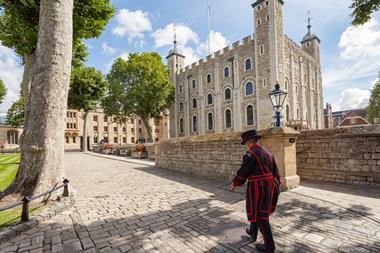
On 13th November 2017 it will be 60 years to the day since British scientists launched the Skylark rocket programme, and the Science Museum in London is opening a new exhibition to mark the anniversary.
The exhibition, titled Skylark: Britain’s Pioneering Space Rocket, explores the story behind the remarkable Skylark project.
It will reveal the lesser-known elements of the history of Britain’s first space rocket, from the scientists and engineers who designed it to the data gathered from its pioneering flights.
The exhibition will be free to enter and is set to run in the Exploring Space gallery for a limited period, with an end date to be announced.
What can groups expect?
Designed at the height of the Cold War, Skylark was originally intended for military research, with experiments carried on-board helping to develop the Blue Streak ballistic missile.
But the broader scientific value of Skylark quickly became apparent, and researchers were keen to use the rocket to learn more about the Earth, sun and deep space. In 1957 and 1958 the rocket was the ‘star’ of Britain’s contribution to the International Geophysical Year—a global project to research the physics of the Earth.
The new exhibition will include archive footage of Skylark flights and interviews with the space scientists who used it and helped to build it.
Visitors can also discover through the objects on display how Skylark was instrumental in giving them the experience and expertise to work on ground-breaking future space missions including the Ariel 1 satellite and the Giotto spacecraft.
Britain launched a total of 441 Skylark missions over 50 years, making it one of the longest and most successful rocket programmes in the world. The knowledge generated by British teams with Skylark underpins the leading position in the global space science community that Britain occupies today.
For information about group visit to the Science Museum visit www.sciencemuseum.org.uk/visit-us/group-visits.
(Photo credit: Science Museum).












